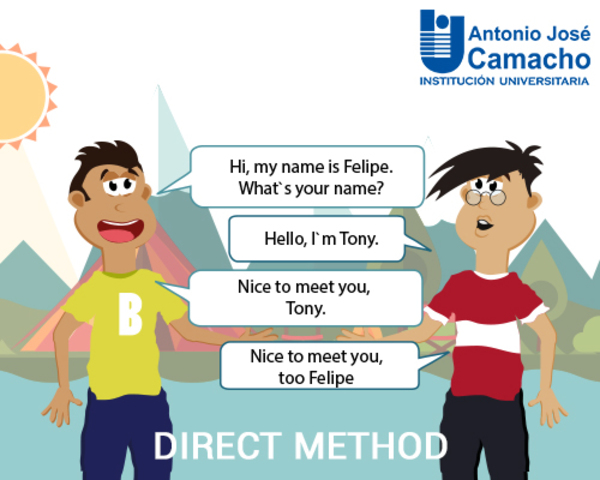THE STRUCTURAL APPROACH
As the name suggests,
the method is all about structure. The idea is that any language is made up of
complex grammar rules. These rules, according to this approach need to be
learnt in a specific order, for example the logical thing would be to teach the
verb “to be” prior to teaching the present continuous which requires using the
auxiliary form of the verb “to be.”
GENERAL OPINION
This method makes the learner learn in a specific order
ADVANTAGES
-Within the structural approach, the following can be taught by different methods
-Transposition: sometimes, a change in the order of the sentence is necessary when a word is added a word is added.
DISADVANTAGES
Some gaps may appear in the student's training.











